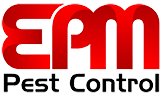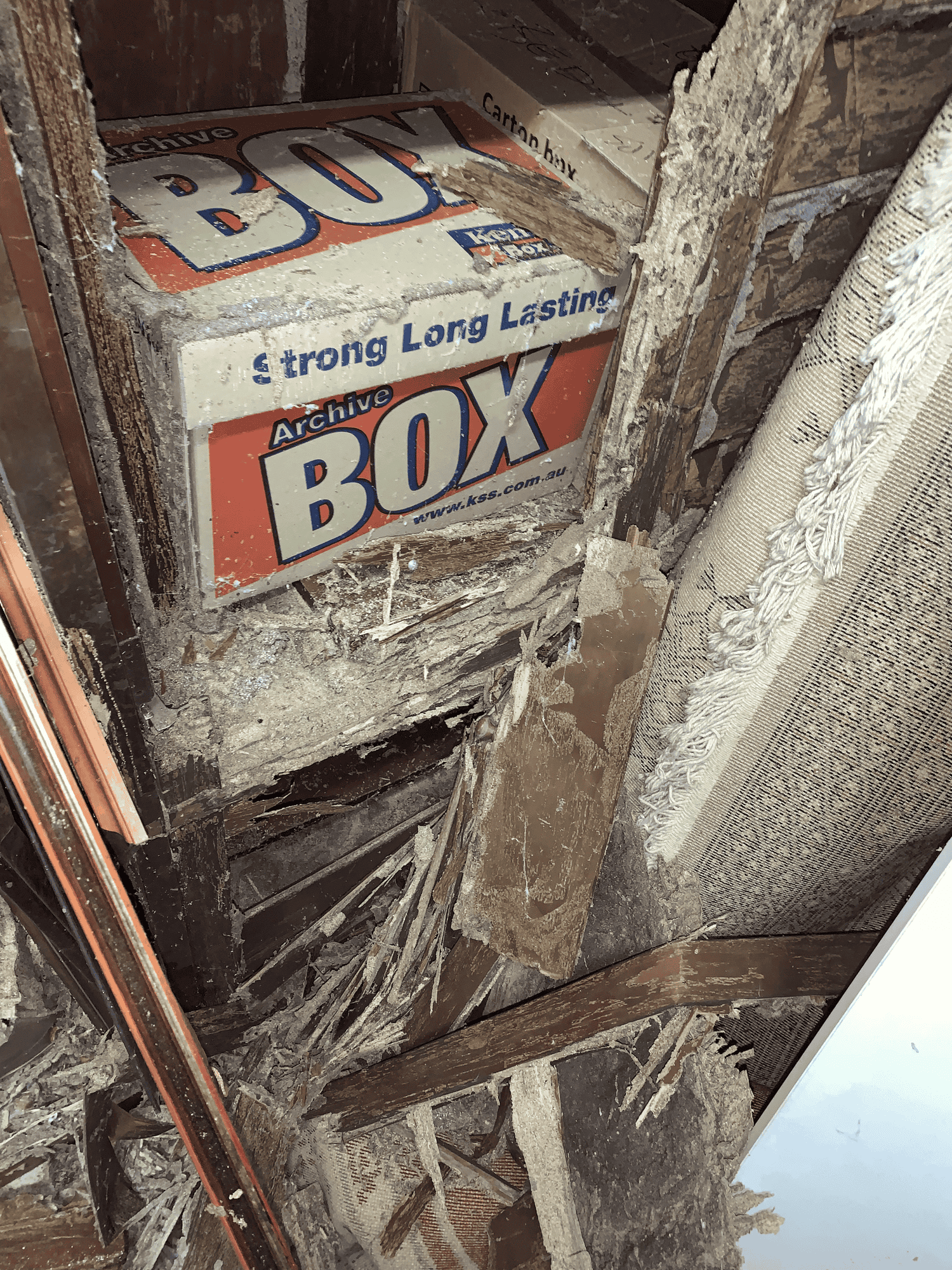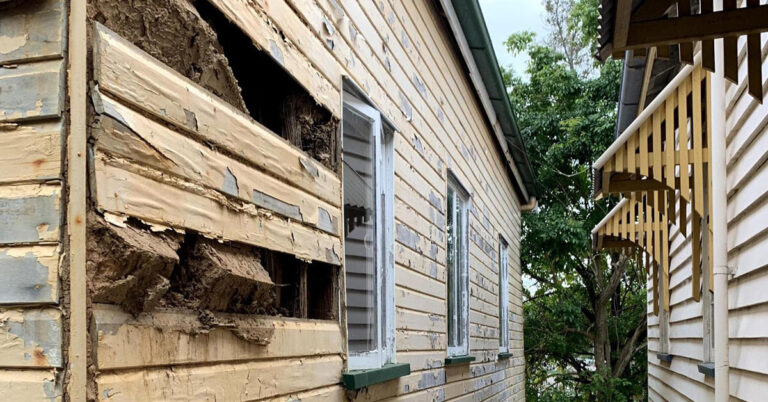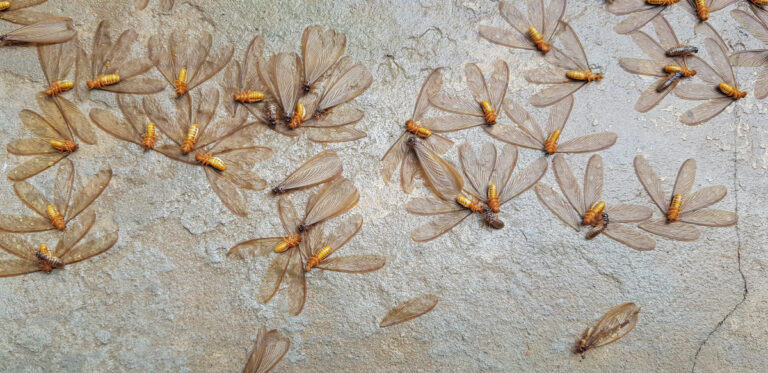What do Termites Eat? – Do Termites Eat Bamboo
Termites, often known as the “silent destroyers,” are one of the most notorious pests homeowners can encounter. Their insatiable appetite for cellulose-rich materials can lead to significant damage to properties. As a homeowner, understanding the diet of termites is vital, especially if you suspect an infestation. This article will delve deep into what termites eat and provide you with insights to protect your home effectively.
Table of Contents
- The Biology of Termites
- The Different Types of Termites and Their Diets
- Common Misconceptions: Do Termites Eat Bamboo?
- Signs That Termites are Feeding on Your Property
- Preventive Measures for Homeowners
The Biology of Termites
Termites are eusocial insects that thrive in colonies, consisting of workers, soldiers, and reproductive termites. They primarily feed on materials rich in cellulose, a complex carbohydrate found in plants. This innate desire for cellulose is why they often target wooden structures in homes.
The Different Types of Termites and Their Diets
There are several species of termites, but the most common ones homeowners encounter include:
- Subterranean Termites: These termites live underground and are the most destructive. They primarily feed on wood, but they also consume paper, cardboard, and even certain types of fabric.
- Drywood Termites: As the name suggests, they infest dry wood, such as attic spaces and exterior wood. Their diet consists mainly of wood.
- Dampwood Termites: They prefer moist wood and may be found in logs or decaying trees.
Common Misconceptions: Do Termites Eat Bamboo?
A frequent question homeowners ask is, “Do termites eat bamboo?” The simple answer is yes. Bamboo, being a type of grass, contains cellulose. While bamboo is often thought to be termite-resistant, it isn’t entirely termite-proof. Especially if the bamboo is untreated or exposed to moisture, it becomes a potential food source for termites.
Signs That Termites are Feeding on Your Property
Identifying a termite infestation early can save homeowners thousands in repair costs. Some signs to watch out for include:
- Mud tubes on exterior walls
- Hollowed or damaged wood
- Discarded termite wings near windows or doors
- Frass (termite droppings)
Preventive Measures for Homeowners
Protecting your home against termites involves a combination of regular inspections, addressing moisture issues, and ensuring that wood (especially untreated wood) isn’t in direct contact with the soil. Here are some steps you can take:
- Schedule annual termite inspections with a professional.
- Seal gaps and cracks in your home’s foundation to prevent entry.
- Ensure proper ventilation in attics, basements, and crawl spaces to reduce moisture.
- Use treated wood for any home projects.
In Conclusion
Understanding the diet of termites is the first step in proactive home protection. By knowing what termites eat, homeowners can make informed decisions about home repairs, landscaping, and preventive measures. If you suspect a termite infestation, seek professional help immediately to protect your property’s structural integrity. If you are looking for termites control near me, then look no further than EPM Pest & Termite Control.
📘 If you found this guide informative, do share it with fellow homeowners. Remember, knowledge is power when it comes to safeguarding our homes from these silent invaders! To find out how to get rid of termites read this article. 📘



